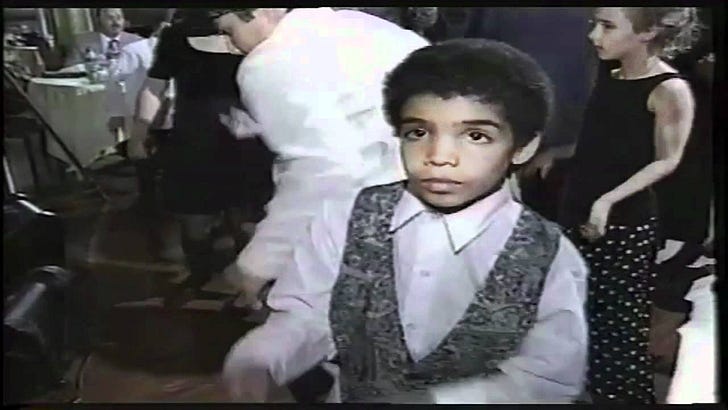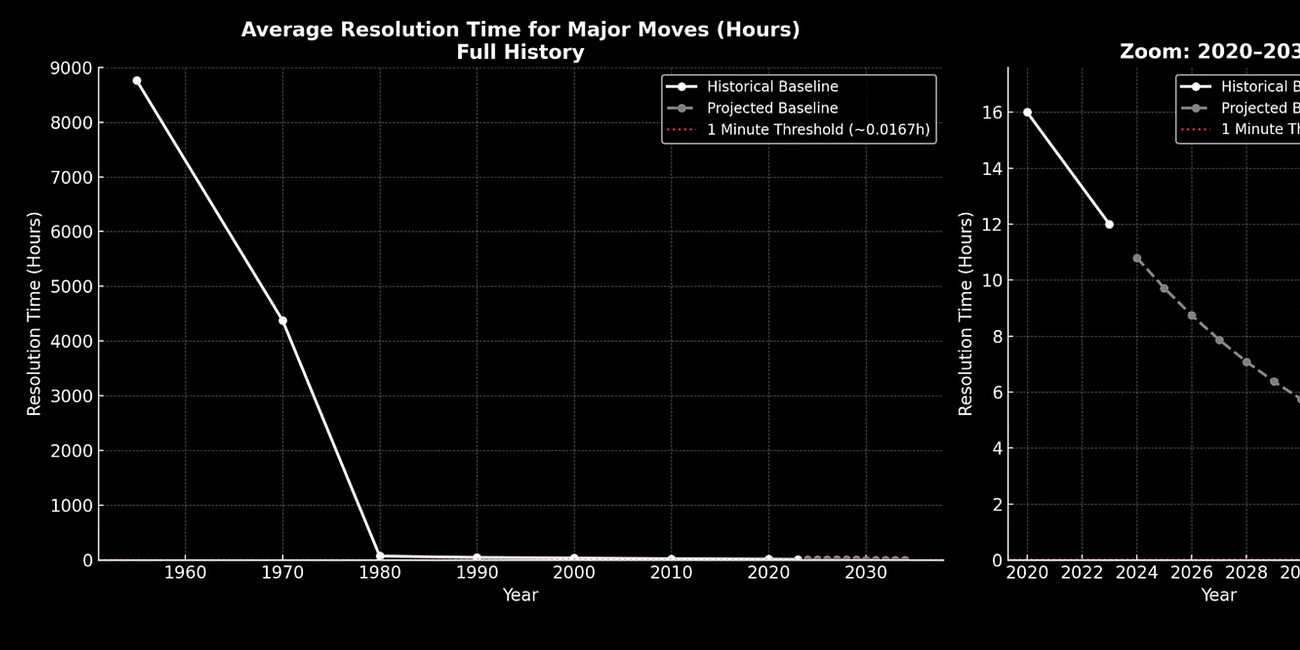Creating Liquidity in a Dead Tape
At 8:00 PM ET, President Trump announced a delay in certain tariffs.
The market didn’t care.
No spike, no burst — just a flat tape.
The order book sat balanced, depth on both sides, and no meaningful acceleration in the time-and-sales.
At 8:04 PM, I sent a single-line note: More Tariff Delays: long.
No price target. No paragraph. Just the call.
For the next 15 minutes, nothing changed. The ladder showed resting orders in the 6399–6401 range, but no sweeps, no flurries — the kind of stillness typical for August evening Globex trading.
Then, at 8:19 PM, the S&P 500 futures moved.
Not in a slow grind — in a sharp, organized burst.
By 8:37 PM, the move was still in motion, carrying through into higher levels — with continued buying pressure despite the absence of new headlines or session-level participation.
Why this matters:
Thin liquidity is normally associated with either:
Drift — price moves slowly until a larger participant forces repricing, or
Volatility spikes only when a significant external catalyst hits.
Here, neither happened.
Trump’s headline didn’t cause a repricing.
Liquidity depth was minimal.
And yet a rapid repricing occurred 15 minutes later, aligned exactly with my earlier call.
This wasn’t “surfing” existing liquidity — there was none to surf.
This was creating liquidity and forcing a repricing sequence without an underlying market consensus to do so.
What it proves:
Tempo control isn’t situational.
It’s not dependent on a deep order book, a crowded headline, or the day session’s natural volume.
The effect is portable.
If the market can respond this cleanly at 8 PM on a summer Monday, with no follow-through on a major political headline, then it’s an authored tempo — transferable across environments.
Control is about sequencing, not size.
You don’t need the biggest order flow — you need the right timing and rhythm to unlock movement in even the stillest tape.
Takeaway:
Most systems break down outside their optimal environment.
Authorship doesn’t.
When you own the tempo, the market doesn’t just react — it responds, no matter the conditions.
The Control Layer: Directing Trillions in Market Value in Real Time
Control the S&P’s tempo, and you control the frame of reference for global equity valuation — this platform already does, measurably and irreversibly.





